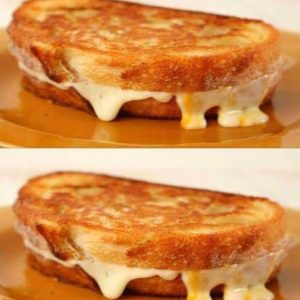Hair lice are tiny parasites that live on the human scalp and feed on blood. They are especially common among children, spreading easily through close contact or sharing personal items like combs, hats, or headphones. While lice infestations can cause discomfort and embarrassment, understanding how to spot and treat them is the first step toward effective management and prevention.
One of the earliest signs of lice infestation is an intensely itchy scalp. This itching results from an allergic reaction to lice bites, and it often worsens over time if left untreated. In addition to itching, you may notice small, fast-moving lice on the scalp. Adult lice are about the size of a sesame seed, usually grayish-white or tan, and can be hard to spot because they move quickly. Another key sign is the presence of nits, or lice eggs. These tiny, oval-shaped eggs cling firmly to hair shafts near the scalp and can be mistaken for dandruff. Unlike dandruff, however, nits cannot be brushed or shaken off easily.
To check for lice, a fine-toothed lice comb is an essential tool. It’s best to comb through wet, conditioned hair to help remove lice and nits more effectively. Divide the hair into sections and carefully comb from the scalp to the ends, wiping the comb on a white paper towel after each pass to see if any lice or nits fall off. This process should take at least 30 minutes for a thorough inspection. Regular checks, especially during the school year when outbreaks are more common, can help catch infestations early before they spread.
Treating hair lice effectively often involves a combination of medicated products and manual removal. Over-the-counter shampoos or lotions containing permethrin or pyrethrin are commonly used and can kill live lice. It’s important to follow the instructions carefully, including reapplying treatment after 7 to 10 days to target any newly hatched lice that were missed initially. Alongside chemical treatments, using a lice comb daily helps remove both lice and nits from the hair, increasing the chances of complete eradication.
Many home remedies, such as applying olive oil or mayonnaise to suffocate lice, are popular but lack strong scientific evidence for their effectiveness. While these methods may be safe, relying solely on them might delay proper treatment and prolong discomfort. In addition to treating the hair, cleaning personal items is crucial. Wash bedding, hats, scarves, and clothing in hot water, and seal items that cannot be washed in plastic bags for at least two weeks to kill any remaining lice or nits.
Preventing the spread of lice involves good hygiene and limiting close contact. Avoid sharing combs, brushes, hats, headphones, or other personal items that come into contact with hair. Teaching children to avoid head-to-head contact during play or school activities can reduce the risk of transmission. If lice persist despite treatment or if the scalp becomes irritated or infected, it’s important to consult a healthcare professional. Prescription medications or stronger treatments may be necessary to fully eliminate the infestation.





